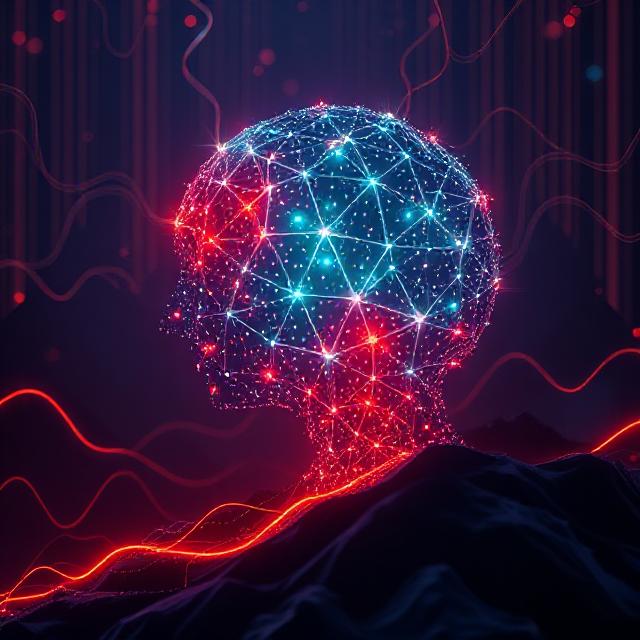The artificial intelligence landscape reached a pivotal moment just over a week ago when OpenAI unveiled GPT-5, its most ambitious language model to date. The August 7th release marked not just another incremental upgrade, but what many consider a watershed moment in the ongoing race for AI supremacy. With nearly 700 million people now using ChatGPT weekly, the stakes for this launch couldn’t have been higher.
The anticipation had been building for months. Sam Altman’s February prediction that GPT-5 would arrive “in a few months” proved remarkably accurate, while Mira Murati’s bold claim about achieving “PhD-level intelligence” within 18 months suddenly seemed less like wishful thinking and more like strategic foreshadowing. When OpenAI posted a cryptic teaser on social media featuring simply the number “5,” the AI community knew the moment had arrived.
What sets GPT-5 apart isn’t just its raw computational power, but its remarkable efficiency. In testing scenarios that would have challenged its predecessors, the new model demonstrates what OpenAI calls “faster, more efficient thinking.” The numbers tell a compelling story: GPT-5 achieves superior performance while using 50-80% fewer output tokens than OpenAI’s o3 model across complex tasks including visual reasoning, advanced coding, and graduate-level scientific problems.
The model’s versatility becomes apparent when examining real-world applications. Early testing reveals capabilities that span from creating sophisticated beehive simulations to developing functional video game mechanics. The system demonstrates an intuitive understanding of physics that goes beyond mere pattern recognition, suggesting a more fundamental grasp of how the world operates. When tasked with ray tracing computations—traditionally the domain of specialized graphics hardware—GPT-5 shows an understanding that bridges the gap between theoretical knowledge and practical implementation.
Perhaps more impressive is the model’s ability to tackle enterprise-level challenges. The creation of comprehensive CRM dashboards, the development of image editing applications that rival established software, and the generation of business intelligence reports all demonstrate GPT-5’s potential to reshape how organizations approach complex technical tasks. These aren’t simple code snippets or basic templates, but sophisticated, production-ready applications that suggest a new paradigm for human-AI collaboration.
The healthcare and education sectors appear particularly well-positioned to benefit from GPT-5’s enhanced capabilities. The model’s improved accuracy in medical research applications, combined with its reduced tendency toward hallucination, addresses one of the most significant concerns in AI deployment within critical fields. Educational applications show similar promise, with the system capable of creating structured learning experiences and taxonomical frameworks that adapt to different learning styles and knowledge levels.
The competitive implications cannot be understated. While OpenAI maintained its leadership position through previous generations, companies like Google have been closing the gap with initiatives like AI Mode in search. The timing of GPT-5’s release—coinciding with Google’s expansion of AI Mode to India and the UK—suggests a deliberate strategic move to reassert dominance in the AI space. The billions of dollars competitors have invested in catching up to ChatGPT may have just become substantially more expensive to realize.
From a technical standpoint, GPT-5 represents a fundamental shift in how AI systems approach problem-solving. The integration of “thinking” capabilities means the model can engage in more deliberate reasoning processes, moving beyond immediate pattern matching to consider multiple approaches and their implications. This architectural enhancement allows for more nuanced responses in complex scenarios, whether debugging intricate code, analyzing medical research data, or creating sophisticated visual effects.
The democratization aspect of this release deserves particular attention. Unlike previous major AI advances that remained locked behind enterprise paywalls, GPT-5 is available to free users, with the primary difference being usage volume rather than capability access. This approach could accelerate AI adoption across demographics and economic segments previously excluded from cutting-edge AI tools.
Early adoption patterns suggest that organizations embracing GPT-5 will likely establish significant competitive advantages, particularly in areas requiring complex reasoning, creative problem-solving, and technical implementation. The model’s enhanced API performance for agents and coding applications positions it as more than just a conversational AI—it’s becoming a comprehensive platform for automated intelligence across multiple domains.
The release also signals a broader shift in how we conceptualize AI capabilities. Rather than viewing language models as sophisticated text generators, GPT-5’s performance across diverse domains—from meditation app development to location identification—suggests we’re approaching something closer to general-purpose cognitive assistance. The implications for workforce development, educational systems, and economic structures are profound and still unfolding.
As the AI arms race intensifies, GPT-5 represents OpenAI’s latest salvo in maintaining technological leadership. However, the real test will be how quickly competitors can respond and whether OpenAI can maintain its development pace in an increasingly crowded field. With the model now accessible to millions of users worldwide, the next phase of AI evolution is likely to be shaped as much by creative application as by raw computational advancement.
**Referenced Articles:**
– Everything you should know about GPT-5 [August 2025]
– ChatGPT-5 Has Arrived: What OpenAI’s Most Powerful AI Model Can Actually Do
– GPT-5 and the new era of work
– Introducing GPT-5
– GPT-5 is here


